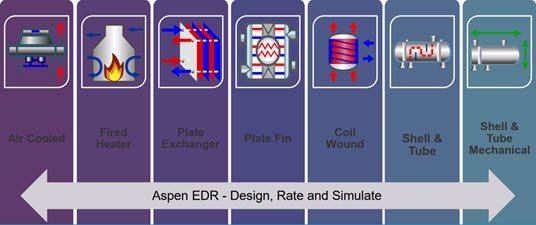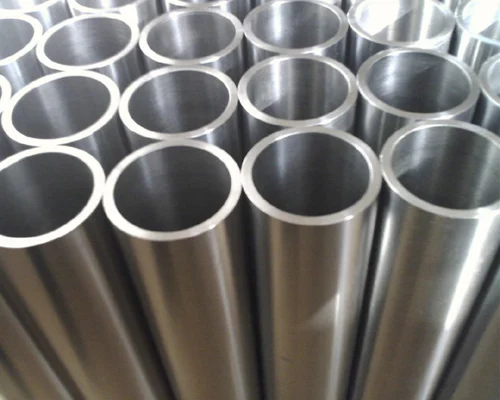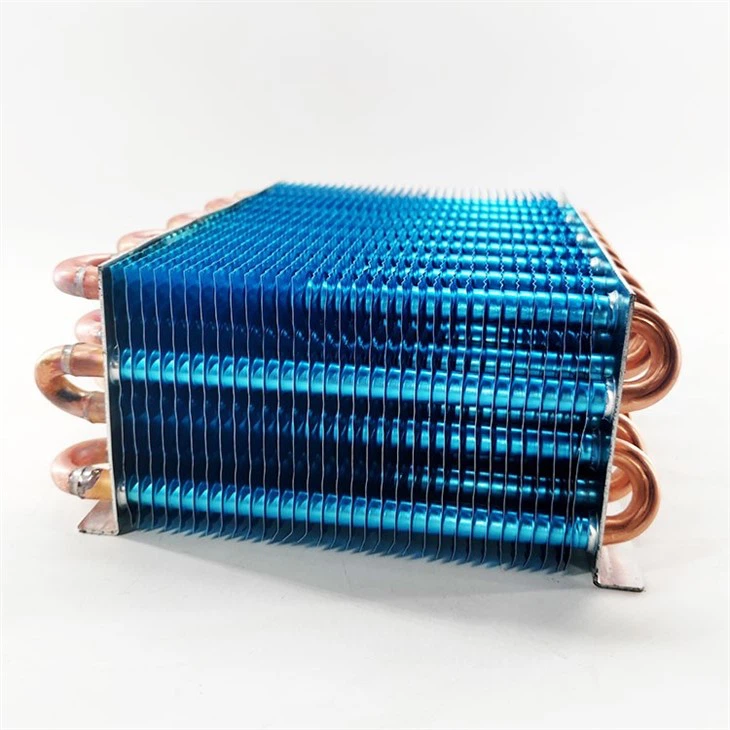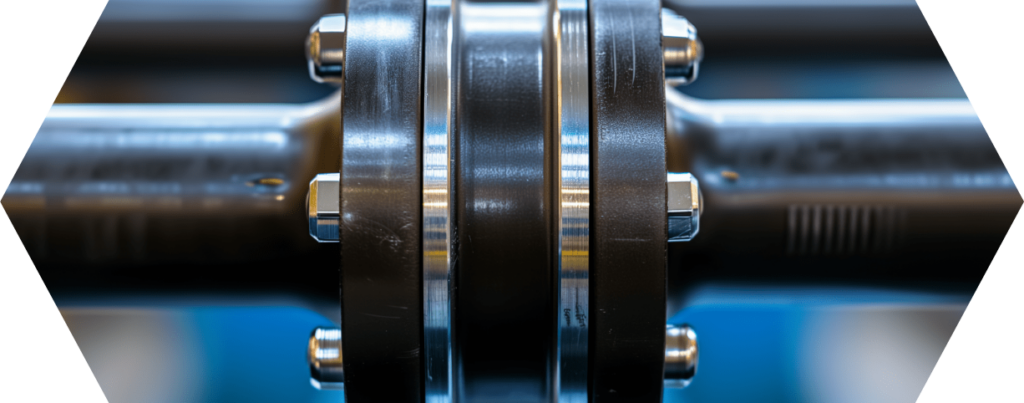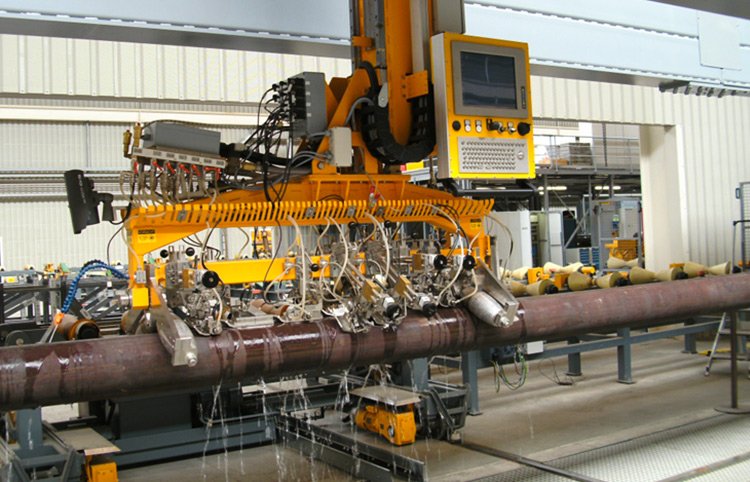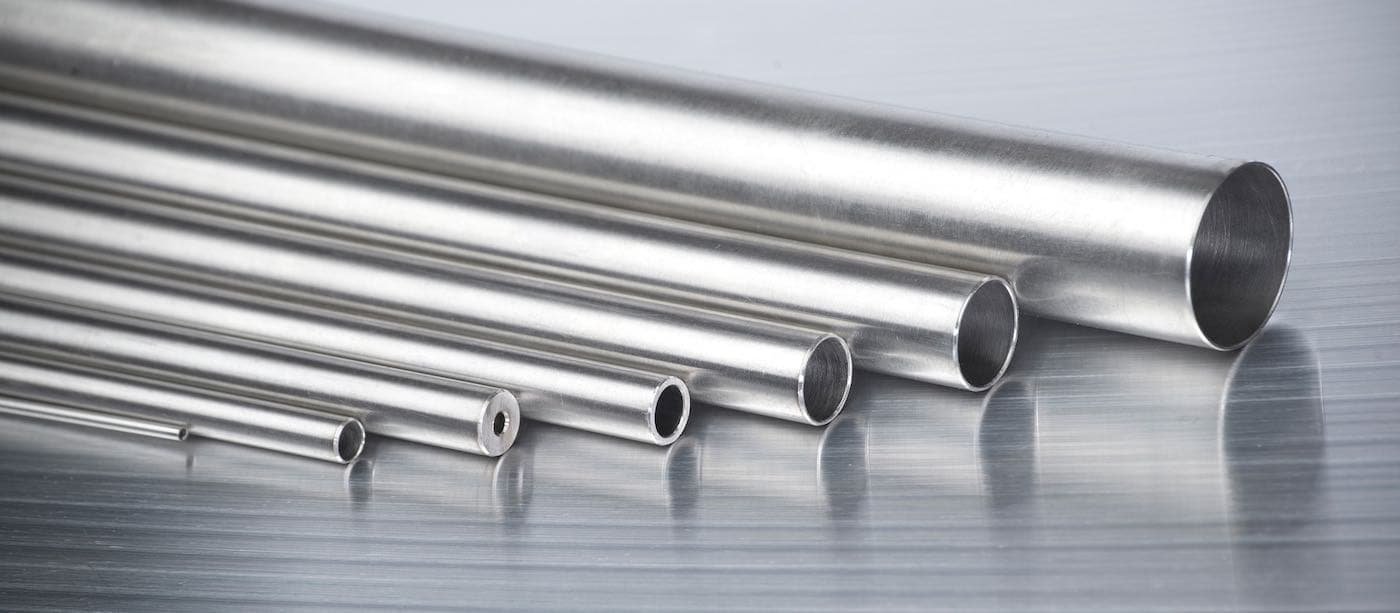Meta Description:
Learn how to interpret a Mill Test Certificate (EN 10204 3.1/3.2) for stainless steel tubes. Understand chemical composition, mechanical properties, NDT results, and traceability data.
Introduction
Mill Test Certificates (MTCs) are essential documents that verify the compliance and traceability of stainless steel tubes with international standards. Whether you’re a procurement officer, quality inspector, or EPC project engineer, the ability to read and interpret an MTC correctly is critical to ensuring product reliability and certification accuracy.
This guide will walk you through each section of a standard MTC, especially those issued under EN 10204 3.1 and 3.2, which are widely used in global stainless steel tube supply.
What Is an MTC?
A Mill Test Certificate is a quality assurance document provided by the manufacturer, certifying that the product meets the requirements of the relevant standards and order specifications.
MTCs are especially important when:
- Supplying to petrochemical, power, or pharmaceutical projects
- Third-party inspection or approval is required
- Export customs clearance demands product traceability
- End users require conformity proof for ASTM, EN, ASME, NACE, or PED standards
Common Types of MTC (EN 10204)
| Type | Description |
|---|---|
| 2.1 | Declaration of compliance (no test results) |
| 2.2 | Test report with non-specific inspection |
| 3.1 | Inspection certificate issued by manufacturer’s QA department |
| 3.2 | Third-party certified inspection report (SGS, TUV, BV, etc.) |
Learn more from EN 10204 explained by Bureau Veritas
Typical Sections of an MTC and How to Read Them
1. Product Identification
- Heat Number
- Order Number
- Delivery Batch Number
This section links the tube to its exact production batch. The heat number is critical for traceability in case of non-conformance or warranty issues.
2. Applicable Standards
You’ll typically see standards like:
- ASTM A213 (for seamless tubes)
- ASTM A269 / A312 (for welded tubes)
- EN 10216-5 (for European pressure applications)
- NACE MR0175 / ISO 15156
- PED 2014/68/EU conformity for pressure equipment
3. Chemical Composition
Displayed as wt.% (weight percent), usually for:
- C – Carbon
- Cr – Chromium
- Ni – Nickel
- Mo – Molybdenum
- N – Nitrogen
- S – Sulfur
- P – Phosphorus
You should confirm that the values fall within the limits of the selected grade. For instance:
| Element | Spec Limit (TP316L) | Measured Value |
|---|---|---|
| C | ≤ 0.035% | 0.021% |
| Cr | 16.0 – 18.0% | 17.25% |
| Ni | 10.0 – 14.0% | 11.20% |
4. Mechanical Properties
Key indicators include:
- Yield Strength (Rp0.2)
- Tensile Strength (Rm)
- Elongation (%)
- Hardness (HRB or HV)
These values must comply with the relevant ASTM/EN standards. For NACE-compliant tubes, hardness limits (e.g., ≤ 22 HRC) must also be observed.
5. Heat Treatment
This section confirms the thermal processing, such as:
- Solution annealed at 1050–1150°C
- Bright annealing for clean internal surface
- Quenching method (e.g., air, water)
Proper heat treatment ensures correct microstructure and corrosion resistance.
6. Non-Destructive Testing (NDT)
NDT results may include:
- Eddy Current Testing (ECT)
- Hydrostatic Test
- Ultrasonic Testing (UT)
- Intergranular Corrosion (IGC) Test
- Visual & Dimensional Check
These prove the integrity of the tube wall, weld seams, and surface condition.
7. Certification Authority
For 3.2 certificates, this includes the name of third-party inspection body, signature, and official stamp (e.g., TUV Rheinland, SGS, Lloyd’s Register).
8. Additional Remarks
Sometimes includes:
- Conformity to client project specs or EPC requirements
- Special test notes (e.g., grain size ASTM No. ≥ 5)
- Shipment marks or packaging codes
DLSS Quality Control & MTC Policy
DLSS supplies every stainless steel and alloy tube with a comprehensive MTC, including:
- EN 10204 3.1 by default
- 3.2 upon request with witness inspection
- PMI (Positive Material Identification) upon request
- Digitally signed and traceable copies for archiving
- QR code for online verification (optional)
Conclusion
An MTC is not just a formality—it’s the proof of your product’s compliance, safety, and quality. Understanding how to read one can prevent non-conforming material from entering critical service and help you stay audit-ready.
Let DLSS help you source certified, traceable stainless steel tubes for your project—backed by full documentation and international test protocols.
Contact DLSS
Email: info@dlsspipe.com
Website: www.dlsspipeline.com
Need help verifying MTCs or specifying compliant tubes? Our QA team is ready to assist.


